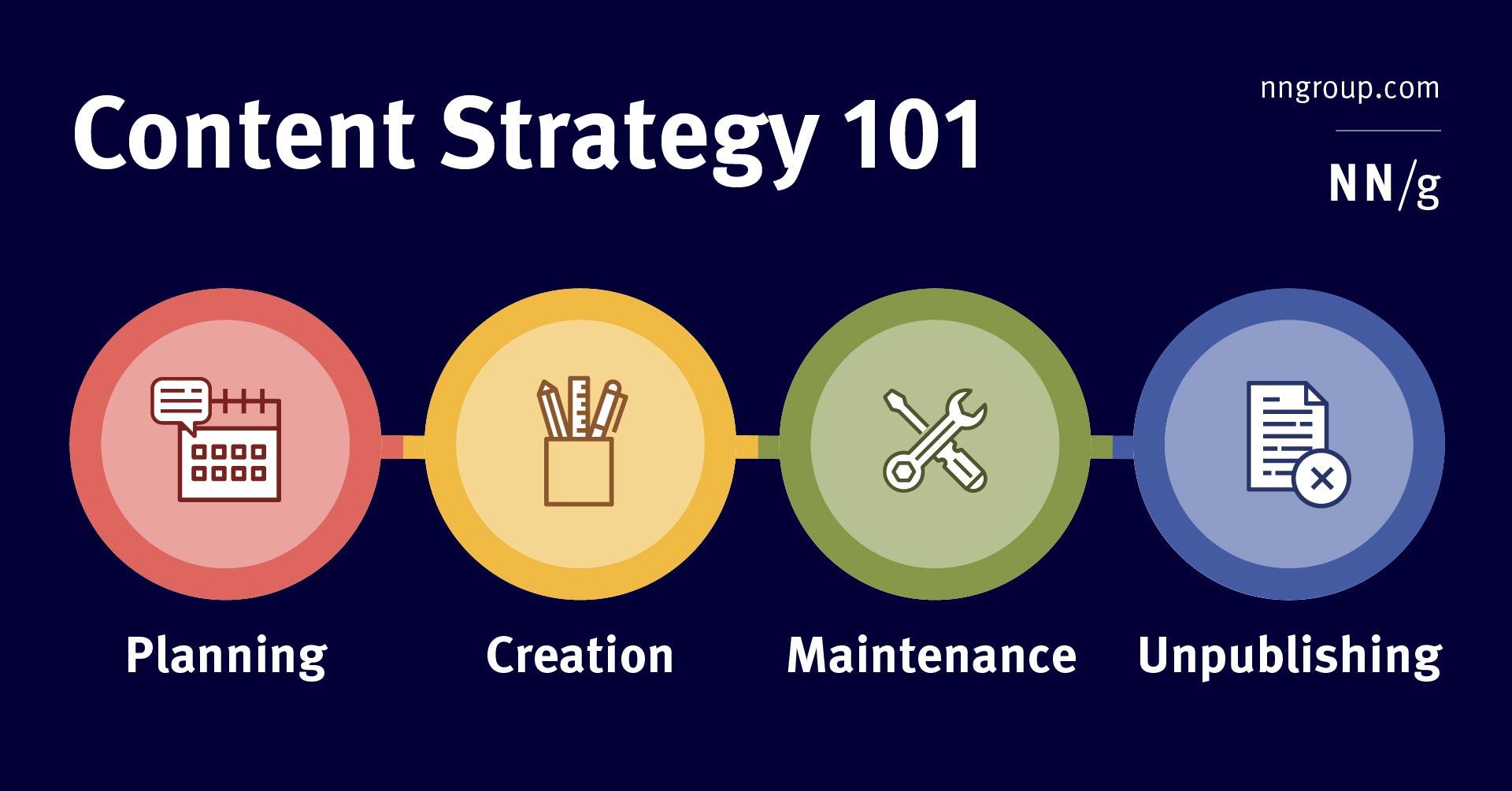



In an age where technology permeates every facet of our lives, the rise of artificial intelligence has ushered in a new era of content creation. From articles and social media posts to marketing materials and creative writing, the capabilities of AI are expanding at a breathtaking pace. However, recent studies suggest that while these algorithms are becoming increasingly sophisticated, consumers may still possess an innate ability to discern between human and machine-generated content. This intriguing phenomenon raises questions about authenticity, trust, and the evolving landscape of digital dialog. As we delve into the findings of these studies, we will explore how and why audiences are developing a keen eye for recognizing AI-generated text, and what implications this has for content creators, marketers, and the future of online interactions.
Recent studies have provided intriguing insights into how consumers perceive content generated by artificial intelligence. Various research findings indicate that marketers and content creators are facing an uphill battle in instilling confidence in their audiences. While AI technology has made rapid advancements,consumers often exhibit a level of skepticism towards content they suspect is not human-produced. This skepticism is rooted in several factors, including a lack of emotional depth, inconsistencies in tone, and a generally more sterile presentation compared to human-crafted narratives. The interplay between technology and consumer trust is complex, with many individuals favoring authentic human voice as part of their content consumption experience.
To better understand this dynamic, researchers have identified key characteristics that frequently lead to the detection of AI-generated content. These include:
In a recent survey, consumers rated their perceptions of AI-generated versus human-written content, revealing a marked preference for the latter. The following table summarizes the findings:
| Content Type | Consumer Trust Level (%) |
|---|---|
| human-Written | 87% |
| AI-Generated | 45% |
This data underscores the need for brands to emphasize openness and authenticity when leveraging AI in their content strategies, as consumer perceptions significantly influence engagement and loyalty.

As more AI systems generate messages across various platforms, consumers are becoming increasingly adept at identifying certain tell-tale signs. One of the most prominent indicators of AI-generated content is a lack of emotional nuance. AI messages often feel mechanical, stemming from algorithms that may struggle to capture subtleties in human emotion or context.Additionally,phrases might potentially be overly formal or adhere to a rigid structure,which can feel out of place in casual conversations.
Another meaningful characteristic is the presence of repetitive patterns or clichés.AI-generated content frequently relies on common phrases or standard responses, leading to a sense of sameness that can tip off discerning readers. Moreover, grammatical errors may be less frequent in AI text, but when they do occur, they often stem from misinterpretation rather than human-like typos, which can further hint at artificial origins.Below is a simple table summarizing common indicators:
| Indicator | Description |
|---|---|
| Emotional Detachment | Messages lack emotional depth and nuance. |
| Repetitive Patterns | use of standard phrases and clichés. |
| Structural Issues | Overly formal or rigid sentance structures. |
| Inconsistent Tone | Shifts in tone that feel unnatural or abrupt. |

In an era where technology continuously reshapes consumer interactions, brands face the pressing challenge of finding equilibrium between innovative automation and genuine authenticity. While leveraging AI tools can enhance efficiency and streamline content production, the disparity in perception among consumers can be detrimental to a brand’s reputation. Studies indicate that consumers possess a keen ability to discern AI-generated content, which often lacks the human touch that evokes trust and loyalty. Brands must, thus, prioritize maintaining an authentic voice in their communications, ensuring that AI enhances rather than replaces the unique narratives that resonate with their audience.
To navigate this balancing act, brands can adopt several strategic approaches:
By recognizing the importance of authentic connections while embracing the efficiencies of automation, brands can position themselves as leaders in a rapidly evolving digital landscape.

Building trust through content requires a deep understanding of your audience’s needs and preferences. To accomplish this, highlight authenticity in every piece you create. Share genuine stories,personal experiences,and real-life examples that resonate with your readers. Utilize the following strategies:
Additionally, consider incorporating visually appealing elements to enhance engagement. A well-structured table can succinctly convey details, making it easier for your audience to digest. For example:
| Strategy | Description |
|---|---|
| Authenticity | Sharing genuine content that reflects real experiences. |
| Transparency | Being open about your processes and affiliations. |
| Expert Insight | Incorporating credible voices to validate your message. |
By prioritizing these elements, you not only create a connection but also craft content that resonates deeply, fostering long-term loyalty and trust with your audience.
as our digital landscape continues to evolve, so too dose the acumen of consumers navigating it.The recent studies highlighting the remarkable ability of individuals to discern AI-generated content serve as a reminder of the inherent human capacity for critical judgment and authenticity. As we stand at the intersection of technology and creativity, it is indeed essential for content creators—be they human or machine—to foster transparency, integrity, and connection. While artificial intelligence offers unprecedented efficiency and innovation, it is the nuanced understanding of human experiences that ultimately shapes our narratives. As we look to the future, let us embrace this evolving relationship with technology, using it to enhance our storytelling while remaining anchored in the values that resonate with our audiences. After all, in a world brimming with information, authenticity remains the most compelling currency of all.